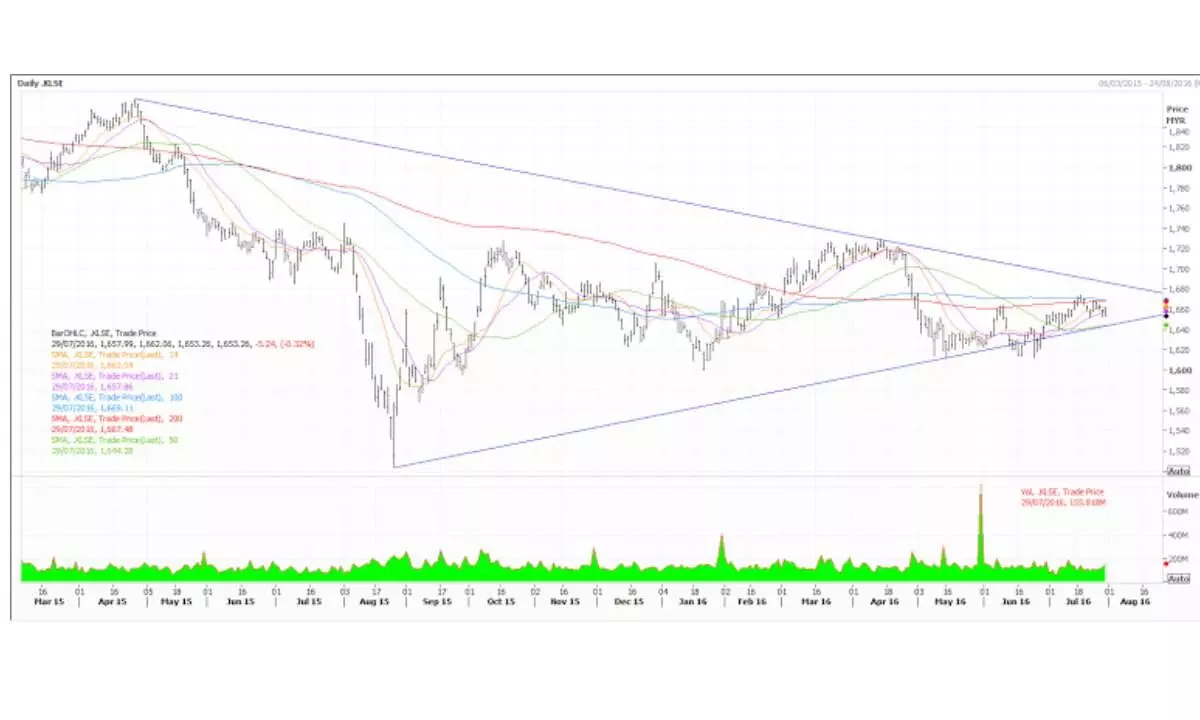Upward bias likely as re-pricing of term deposits gathers pace
The recent RBI update on quarterly deposits provides good insights on the re-pricing of term deposits.
image for illustrative purpose

The recent RBI update on quarterly deposits provides good insights on the re-pricing of term deposits. While deposit mobilization by banks remained skewed in the 1-3-year bucket, it continues to rise consistently. Moreover, there is a 10 per cent point jump in the 7-8 per cent interest rate bucket, suggesting that we are moving closer to headline deposit rates. Experts maintain that full re-pricing of term deposits is not yet complete. The RBI report provides few interesting points. Share of individuals in the overall term deposits remains unchanged QoQ at 50 per cent of overall term deposits. Of the overall term deposits, 80 per cent come from urban and metropolitan markets. The share is higher for term deposits from non-individuals. A study by Kotak Institutional Equities shows the trend on average ticket size of term deposits and broadly it sees an upward bias of ticket size. Eighty per cent of the overall term deposits is either in Rs 0.1-1.5 mn or Rs.10 mn.
Term deposits are mobilized mostly in 1-3-year bucket window. This share is the highest witnessed since 2000 and is still on an upward trend. Incidentally, preference for this window is fairly uniform across regions. Around 35-40 per cent of the deposits are still in 7-8 per cent interest rate bucket. This has seen a 10 percentage points’ increase in Q1. Consumers continue to exhibit a strong preference to place deposits in the 1-3-year category. A part of it can probably be explained by the interest rates offered where the rate differential is probably pushing back consumers in placing longer term deposits. Lenders are also a lot more comfortable in this bucket given that the linkages to loan yields are getting broken following the introduction of EBLR-linked loans. This is the first cycle of the current interest rate regime and we perhaps need a bit longer to understand the implications of the nature of liabilities that is getting originated by banks.
Analysts may foresee a further increase in the cost of deposits, suggesting that the near-term impact on NIM is likely to be negative. With 35-40 per cent of the book contracted at 7-8 per cent while most of the book is in the 1-3-year window, one will probably have to make an assumption, keeping other variables unchanged, that the lenders are likely to see 30-40 bps increase in cost of funds from the current levels. A part of this increase can be cushioned through the MCLR portfolio where re-pricing is still underway. Experts do believe that public banks may have a slight advantage as their ability to defend their NIM at closer to current levels is higher than those of private banks. Besides, it can be noted that the merger of HDFC Bank with its parent would continue to play a key role in understanding the deposit rate book for all banks.

